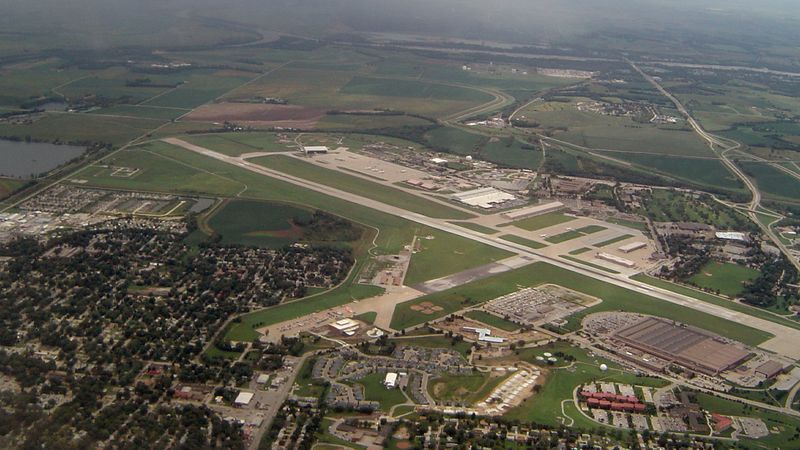According to a press statement from the company, the U.S. Army Corps of Engineers has given Turner Construction a $389 million contract to strengthen the flood resistance of Omaha, Nebraska’s Offutt Air Force Base.
The undertaking represents the completion of the $1.1 billion Offutt Flood Recovery Programme. It was created at the military installation in response to the Missouri River’s disastrous floods in 2019. That is almost twice as much as the initial rebuilding cost estimate of $650 million. This was made after a third of the base, including its runway, was submerged in water as a result of heavy rain and melting snow.
Also Read: Latest Developments Nebraska’s Biggest PV Project, an 8.5-MW Solar + Storage System in Norfolk,
Raising base facilities above the 100-year flood plain is the project’s goal. In order to house squadrons for intelligence, training, maintenance, and reconnaissance, Turner will construct a three-story, 420,000 square foot building. The 55th Wing at Offutt and the Air Force information operations unit will be able to work together in that building.
When the Offutt Air Base facilities will open
The buildings are expected to be operational by December 2027. USACE’s Omaha District Facebook page states that the facility will improve Offutt’s capacity to support dominant information warfare forces. This will be done through electromagnetic spectrum operations, information operations, intelligence, surveillance, and reconnaissance. Additionally, nuclear command, control, and communications. As a shipping and receiving facility, a different, 5,000-square-foot defence courier station will be used.
According to Corey Taylor, the business manager for Turner Construction, “We look forward to working with the Air Force Civil Engineer Centre and the US Army Corps of Engineers on this project. It will consolidate and improve operations at Offutt Air Force Base.”
Tyndall Air Force Base in Florida is being rebuilt as a model “Installation of the Future.” Complete with new structures, new F-35A Lightning II fighter jets, and new technology to make the base safer, stronger, and more effective than before, five years after Hurricane Michael destroyed it.

